Terroir-ist’s Manifesto for Eating
We were able to catch up and reconnect with an old friend recently- Dr. Gary Nabhan. He is one of those self-effacing geniuses that are as interested in learning from those he meets as he is in sharing his experiences for their benefit. An internationally recognized, award-winning chile-head, his eyes lit up when I handed him a seed packet of our Concho chiles and a baggie containing a few of these relatively unknown, wonderfully addictive chiles. We spent a few minutes discussing the convoluted history of the introduction of chiles to America, as well as catching up on news.
Gary’s curriculum vitae reads like a book in itself-
“Gary Paul Nabhan is an internationally-celebrated nature writer, seed saver, conservation biologist and sustainable agriculture activist who has been called “the father of the local food movement” by Mother Earth News. Gary is also an orchard-keeper, wild forager and Ecumenical Franciscan brother in his hometown of Patagonia, Arizona near the Mexican border.
He is author or editor of twenty-four books, some of which have been translated into Spanish, Italian, French, Croation, Korean, Chinese and Japanese. For his writing and collaborative conservation work, he has been honored with a MacArthur “genius” award, a Southwest Book Award, the John Burroughs Medal for nature writing, the Vavilov Medal, and lifetime achievement awards from the Quivira Coalition and Society for Ethnobiology.”
He works as most of the year as a research scientist at the Southwest Center of the University of Arizona, and the rest as co-founder-facilitator of several food and farming alliances, including Renewing America’s Food Traditions and Flavors Without Borders.”
For those that aren’t familiar with the term, here is the classic definition: Terroir: noun, the specific conditions of soil and climate of a place where a food is grown that imparts unique and special qualities or characteristics to that food. Also known as the “sense or taste of place”. Origin: French: literally, ‘soil, land’.
We had read the following article a few years back, and it wasn’t until we had started Terroir Seeds and were having a local grass-fed burger at Diablo Burger in Flagstaff that we crossed paths with the Terroir-ist’s Manifesto again; this time on the back of their menu. He has given us permission to use it “as we see fit” according to him, so here it is- possibly the best-written description of what we are about and why we do it.
A Terroir-ist’s Manifesto for Eating in Place
by Gary Paul Nabhan
Know where your food has come from through knowing those who produced it for you, from farmer to forager, rancher or fisher to earthworms building a deeper, richer soil, to the heirloom vegetable, the nitrogen-fixing legume, the pollinator, the heritage breed of livestock and the sourdough culture rising in your flour.
Know where your food has come from by the very way it tastes; its freshness telling you how far it may have traveled, the hint of mint in the cheese suggesting what the goat has eaten, the terroir of the wine reminding you of the lime in the stone you stand upon, so that you can stand up for the land that has offered it to you.
Know where your food has come from by ascertaining the health and wealth of those who picked and processed it, by the fertility of the soil that is left in the patch where it once grew, by the traces of pesticide found in the birds and bees there. Know whether the bays and shoals where your shrimp and fish once swam were left richer or poorer than before you and your kin ate from them.
Know where your food comes from by the richness of the stories told around the table recalling all that was harvested nearby during the years that came before you, when your predecessors and ancestors roamed the same woods and neighborhoods were you and yours now roam. Know them by the songs sung to praise them, by the handmade tools kept to harvest them, by the rites and feasts held to celebrate them, by the laughter let loose to show them our affection.
Know where your foods come from by the patience displayed while putting them up, while peeling, skinning, coring or gutting them, while pit-roasting, poaching or fermenting them, while canning, salting or smoking them, while arranging them on a plate for our eyes to behold. Know where your food comes from by the slow savoring of each and every morsel, by letting their fragrances lodge in your memory reminding you of just exactly where you were the very day that you became blessed by each of their distinctive flavors.
When you know where your food comes from you can give something back to those lands and waters, that rural culture, that migrant harvester, curer, smoker, poacher, roaster or vintner. You can give something back to that soil, something fecund and fleeting like compost or something lasting and legal like protection. We, as humans, have not been given roots as obvious as those of trees. The surest way we have to lodge ourselves within this blessed earth is by knowing where our food comes from.

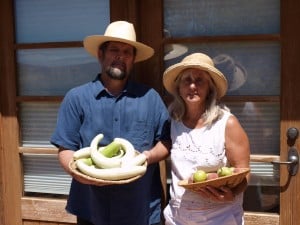

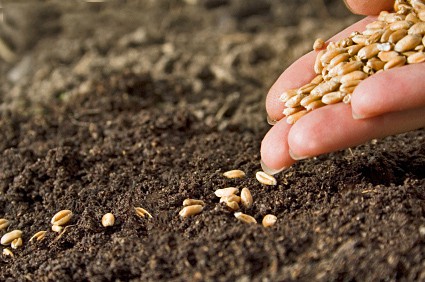
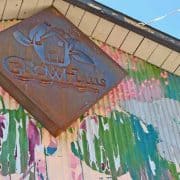
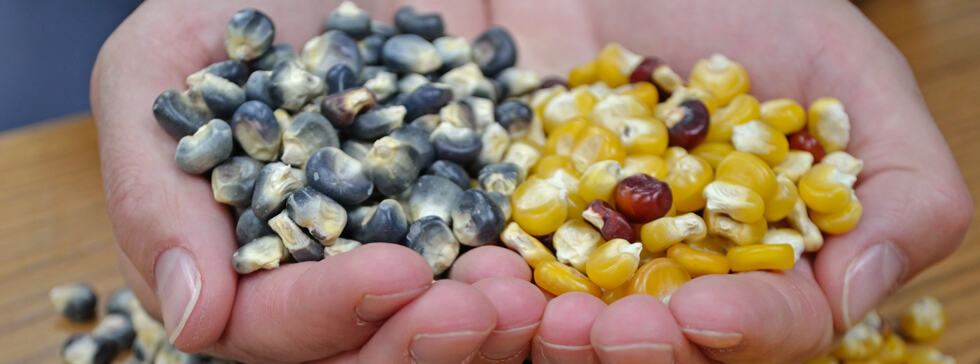
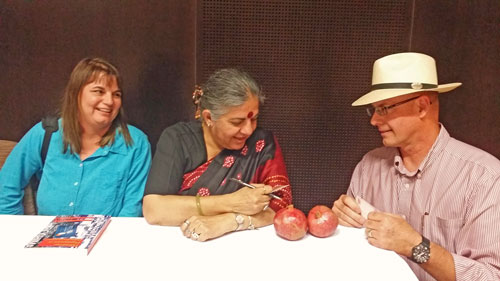
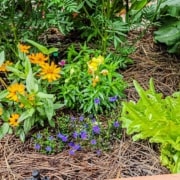 © 2024 Terroir Seeds | Underwood Gardens
© 2024 Terroir Seeds | Underwood Gardens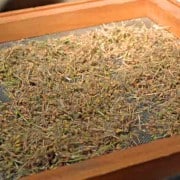
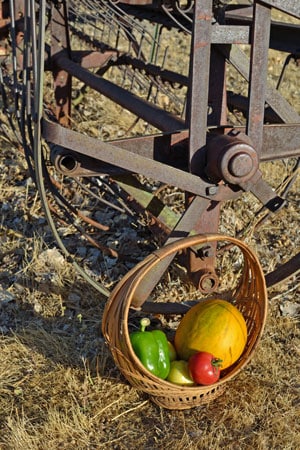
Really glad to have found your blog, Stephen….
Hello Judith-
Great to talk with you the other day, enjoy the reading!
I love The sentence : Knowing where your food come from. That is my responsibilty to live on the Earth.
Such poetic inspiration!
I’m looking for a name- a name for a neighborhood fresh food grower’s guild-to-be who would love to share their surplus with each other, friends and family.
If only just each of them will care for one (pair of) fruit or nut tree in their back yard….
This idea is inspired by the Dacha gardens in Russia.
Glad to hear you enjoyed Gary’s work and are inspired!
Best of luck on finding the best name for your grower’s guild.
This is a beautiful essay. One can only hope.
I agree, Wyandotte! It’s pretty cool to see the audience’s reaction when we read it – you can always tell those that are gardeners, farmers and serious foodies because their eyes will glaze over a little bit!